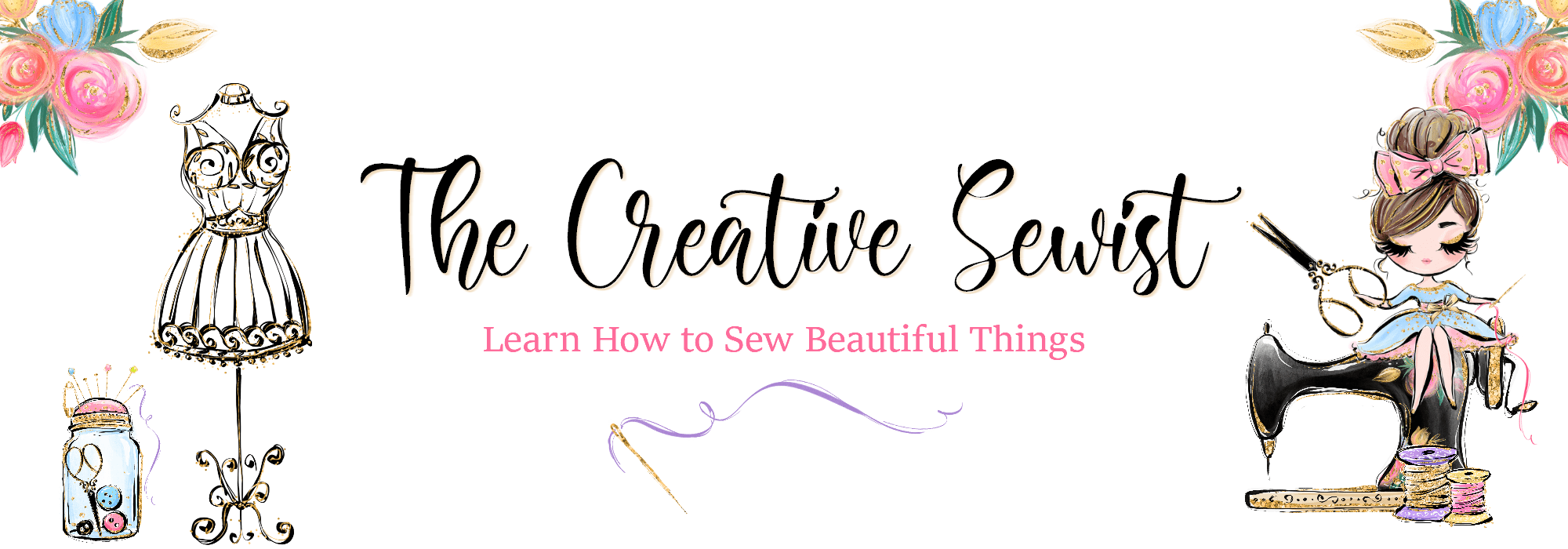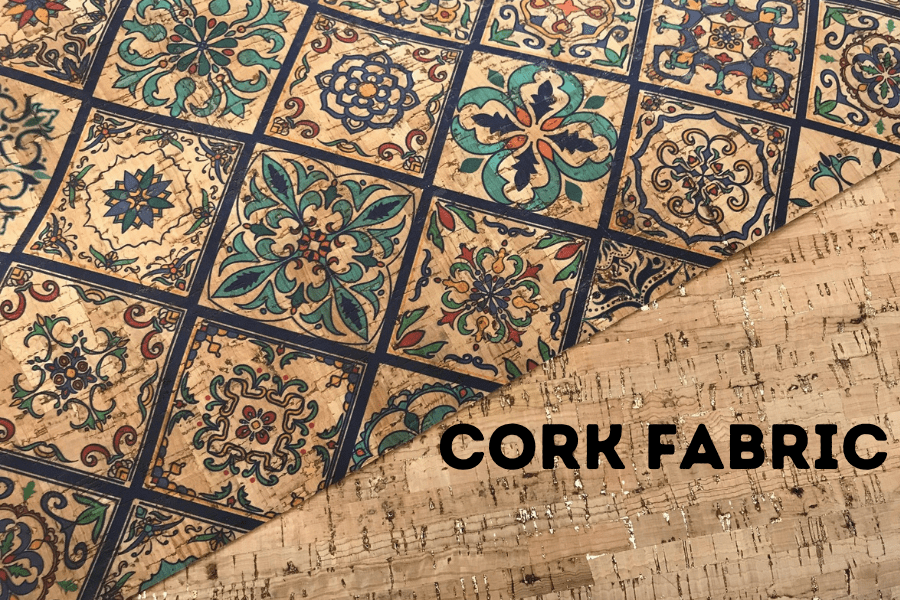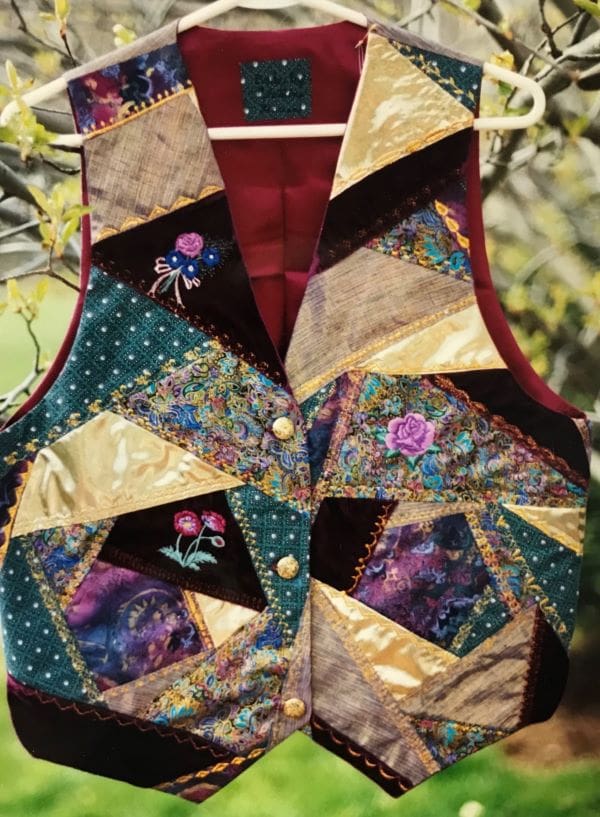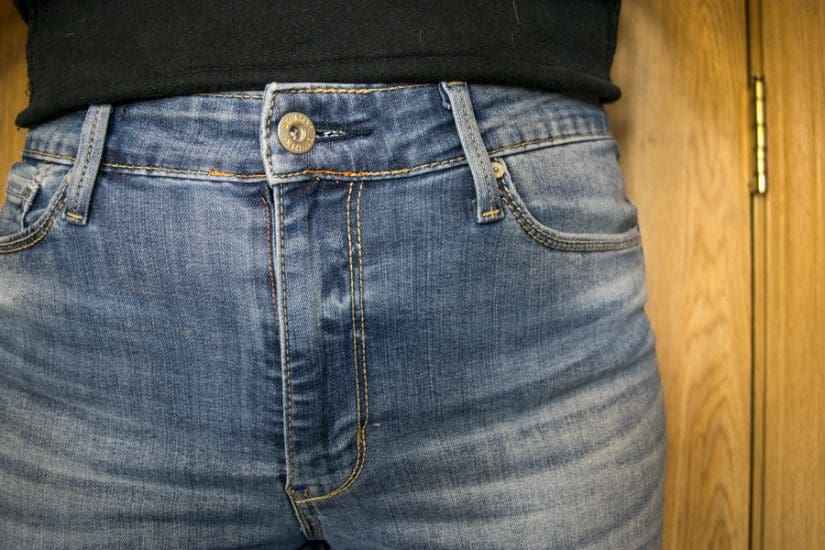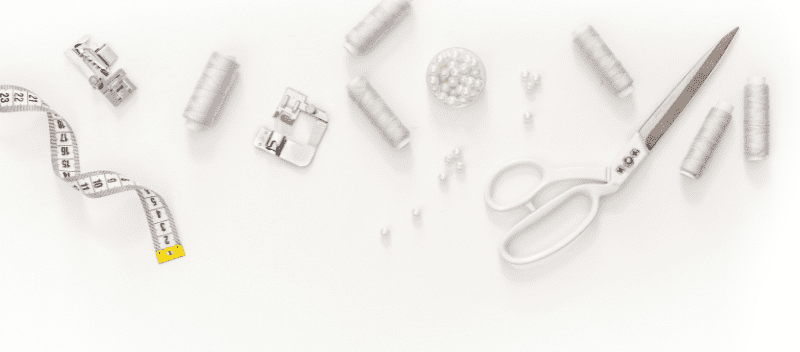How to Easily Create Stylish Pant Cuffs with a Simple Sewing Hack
Cuffed hems were once reserved for fine formal apparel and men’s business suits. As dress codes relaxed, cuffs began appearing on women’s casual capris and ankle pants. If you like this look and want to incorporate it into your wardrobe, then this tutorial will show you how to easily create stylish pant cuffs with a simple sewing hack!
In this sewing tutorial, I will walk you thru the steps to create beautiful and stylish cuffs for pants that didn’t come with them. While this is not the traditional tailoring method for creating cuffs, it is an easy-to-follow method that will allow sewists of all skill levels to easily create and attach cuffs. Now you can tailor your pants to reflect your personality and upgrade your style in less than 1 hour!
Things to consider when using this simple sewing hack:
- This technique works best with straight leg jeans and woven pants—NOT knits. If you are considering using it on flared or bootleg pants, it won’t work.
- Use woven fabrics for the cuffs. Stretch fabrics are not a good option for this specific sewing technique.
Materials list:
- ¼ yard of woven cotton fabric
- ¼ yard of fusible woven interfacing
- General sewing thread
Tools:
- Measuring tape and hem gauge
- Seam ripper
- Pins
- Iron
- Sewing machine with straight and zig zag stitches
- Sleeve board
Step 1: Determine your pant length
Try on your pants. Identify and mark your desired hem length. If your pants are already the correct length, you will need to remove the existing hem seam so that you can attach your cuff. (Just a note: my pants came with a raw unfinished hem, so I did not need to do this step.)
Step 2: Measure the width of your pant hem
With this simple sewing hack, you can start with either leg and measure the width of your pant hem (this is where you will attach your cuff to your pants). Write down this number. Measure your other pant leg hemline. Verify if the hemline is the same or different. If there is any variation in the numbers, double check your measurements. If the numbers are off by more than ¼,” you will need to slightly taper the larger leg to make it match the other.
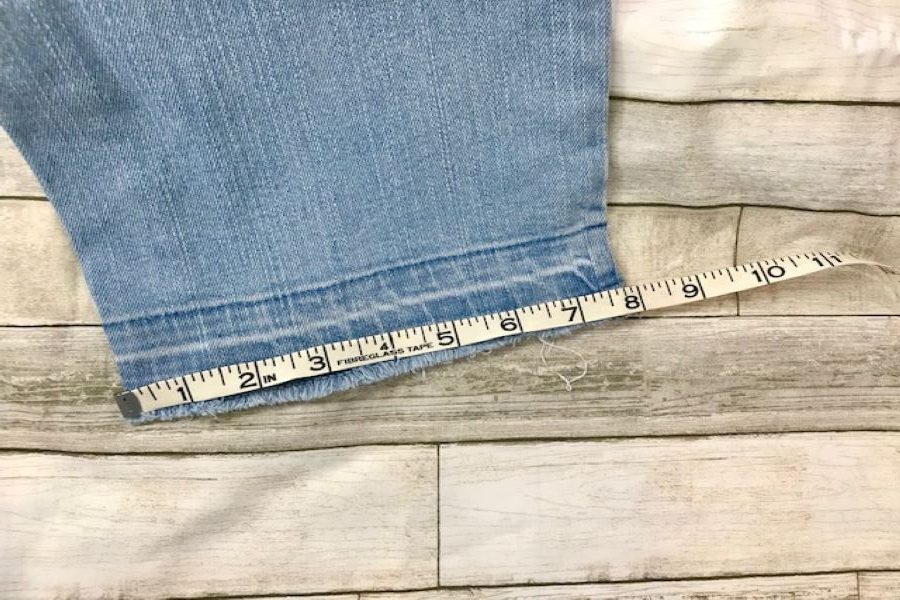
Once you have the pant hems equal, take another measurement 1 ½” above the hemline. (This will be the top area of the cuff. We need to verify if this measurement is the same or similar to your hemline measurement. In most cases, the numbers should match. If the numbers are within 1” of each other, you can proceed. If the numbers are over 1” different, this simple sewing hack method may not work without modification to the cuffs.
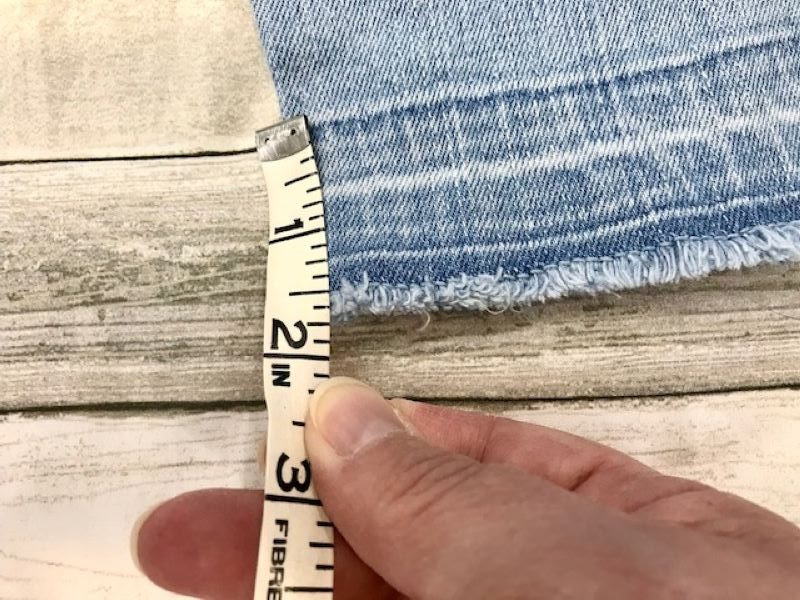
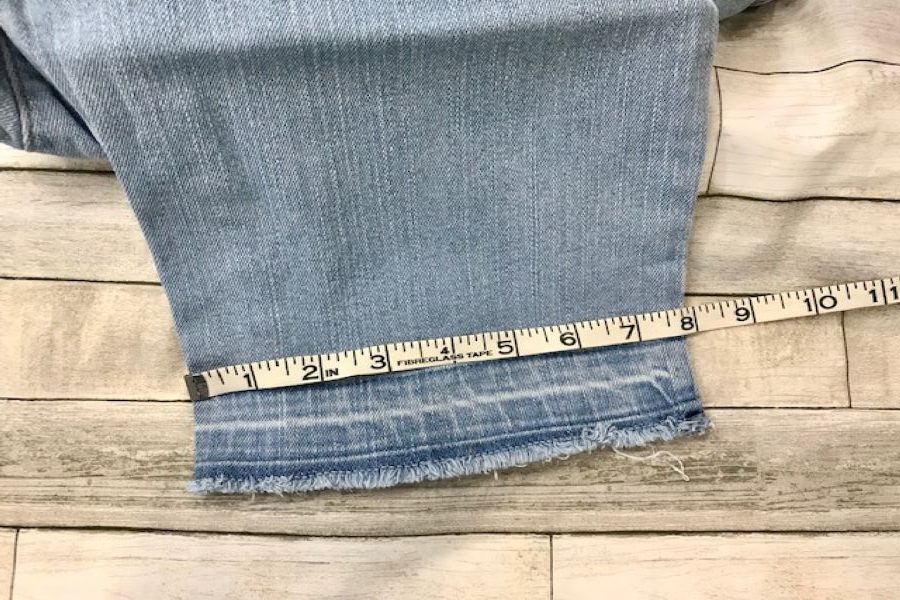
Now it’s time to determine the size of fabric needed to create the cuffs. Double the hemline measurement and add 1 ¼” to it. Example: 7 ¾” x 2= 15 ½”; Add 1 ¼” for a total fabric width of 16 ¾”
Step 3: Cut out cuffs
From your chosen fabric, you will need to cut (2) pieces of fabric that match the width you just calculated. For mine, it was 16 ¾”. The piece then needs to be 4 ½” tall. If you want a slightly wider cuff, increase your piece to 5” tall.
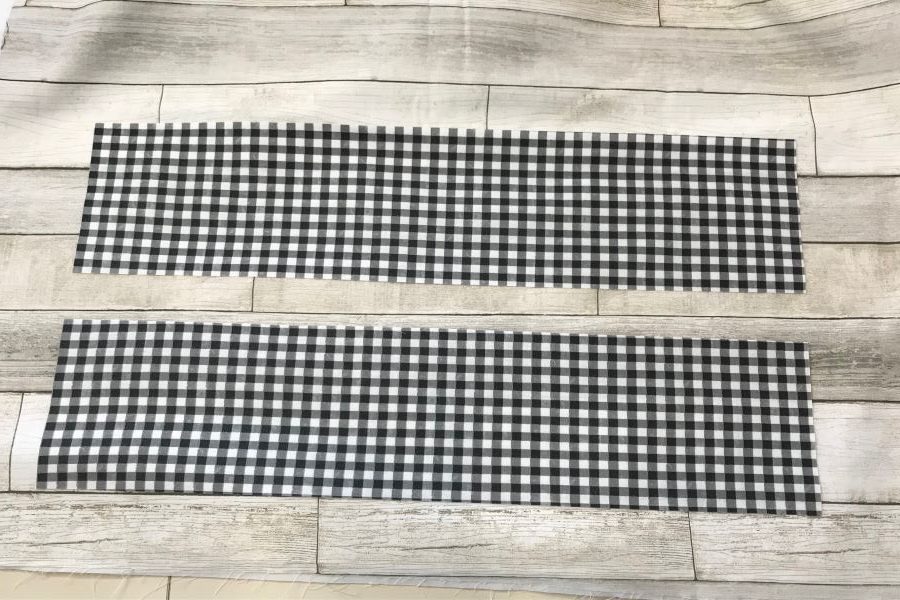
Cut (2) pieces of fusible woven interfacing the same measurement as your cuffs.
Step 4: Fuse interfacing
Lay the textured side of the interfacing against the WRONG SIDE of your cuffs. The ‘bumps’ on the interfacing are the adhesive. Press.
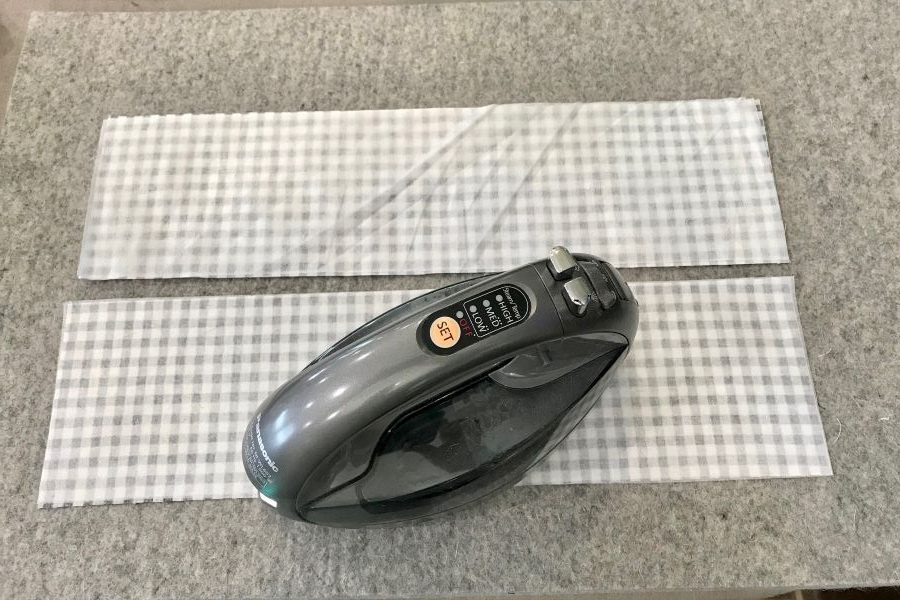
Allow pieces to cool before lifting them off the ironing board.
Step 5: Create the cuffs
Fold the cuff fabric in half, lining up the short side. Using a straight stitch, sew a 5/8” wide seam. Be sure to backstitch at the beginning and end of the seam.
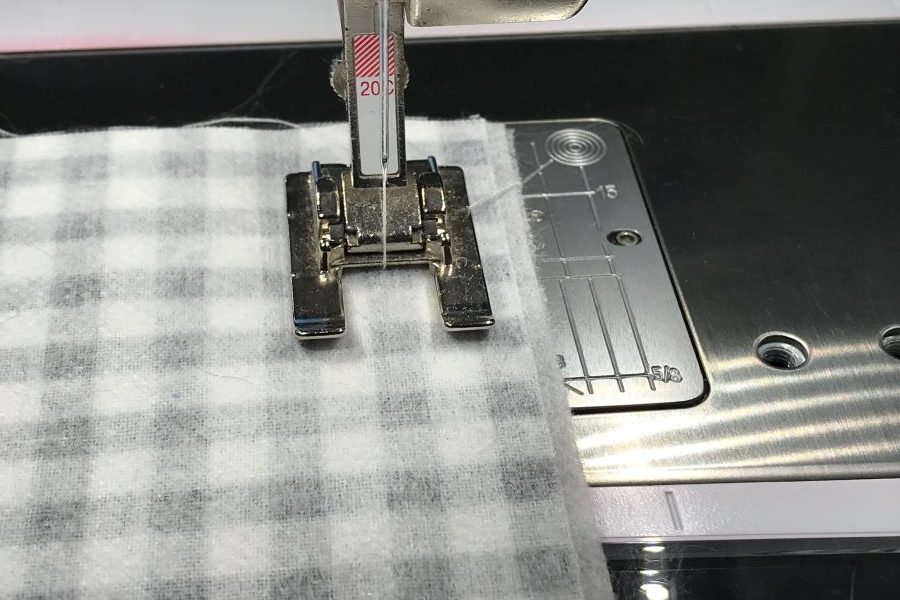
Press open.
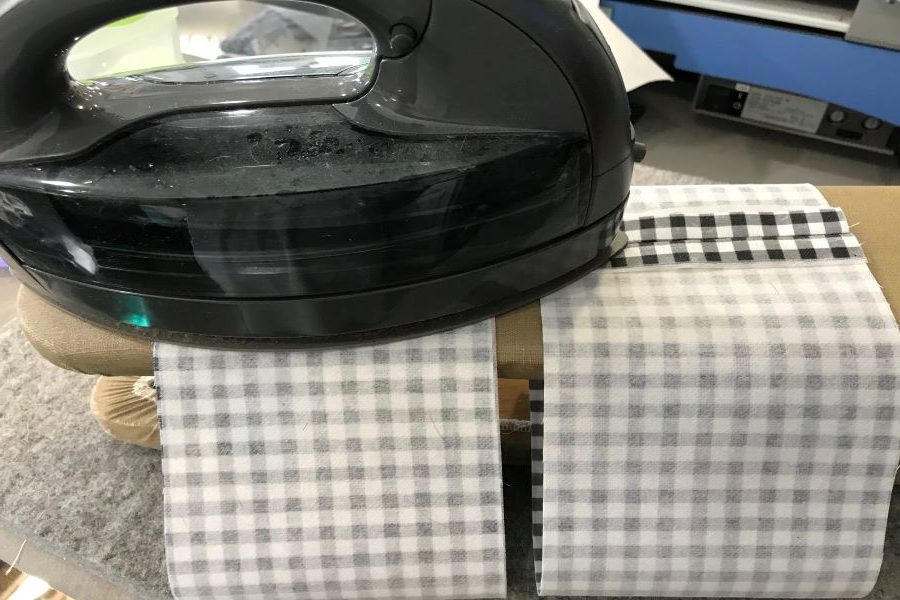
Next, fold the WRONG SIDE of the cuff together. Line up seams and raw edges. Pin together along raw edge. Press fold.

Sew seam using a straight stitch ¼” from the raw edge. You can then use a mock overlock/serger stitch on your machine to finish the edges of the cuffs. This will give them a professional finish and prevent the raw edges from fraying.
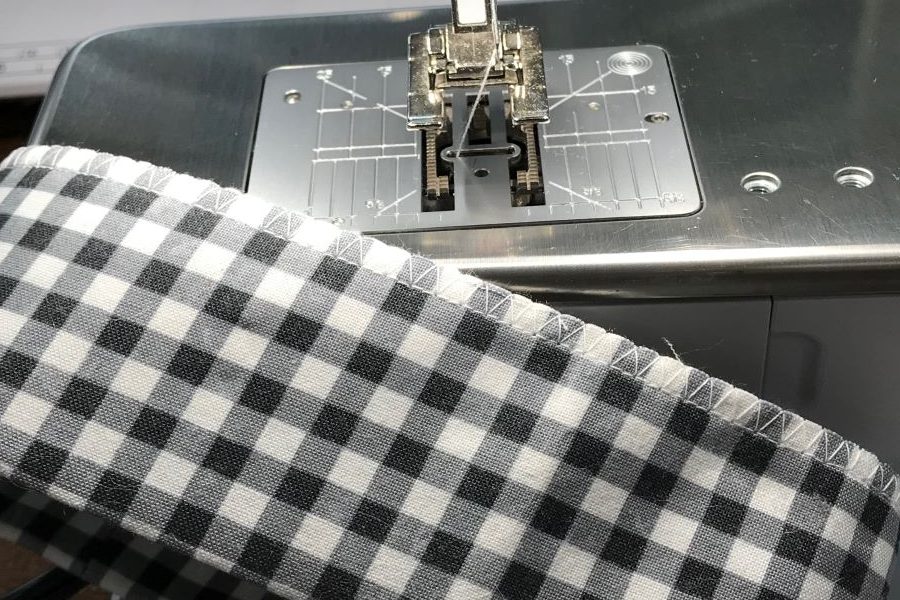
Place a pin at the seam and fold cuff in half. Mark the other side at the fold line with a pin. Unfold cuff, line up pins, and flatten cuff. Place 1 pin at each fold line. The cuff is now divided into 4 equal parts.
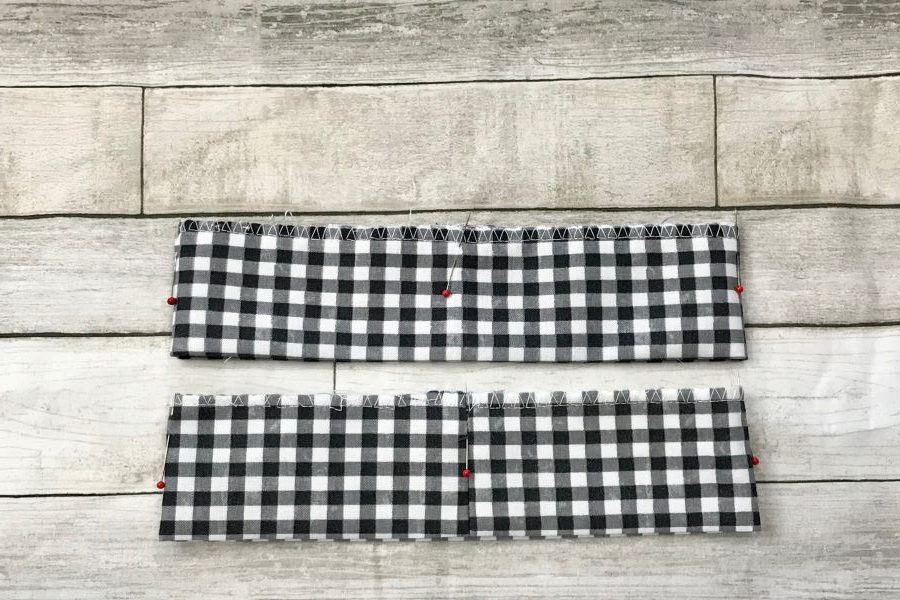
Repeat process on the other cuff. Once finished, set cuffs aside.
Step 6: Create placement pins on pants
Now it’s time to divide the pants into 4 equal sections along your new hemline. Locate your INSEAM. Place a pin in it.
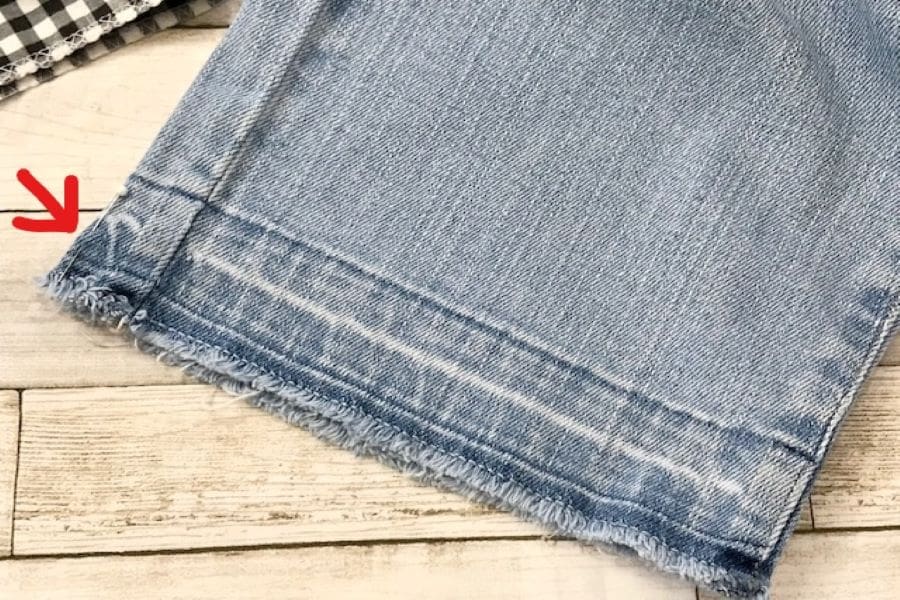
Flatten pants and place a pin on the opposite side at the fold line. Just a note: My pant legs were sewn on a tapered angle so my fold line did NOT line up with the outseam.
Now line up the pins you just placed and locate the front and back folds of the pant leg. Place pins in these 2 points.
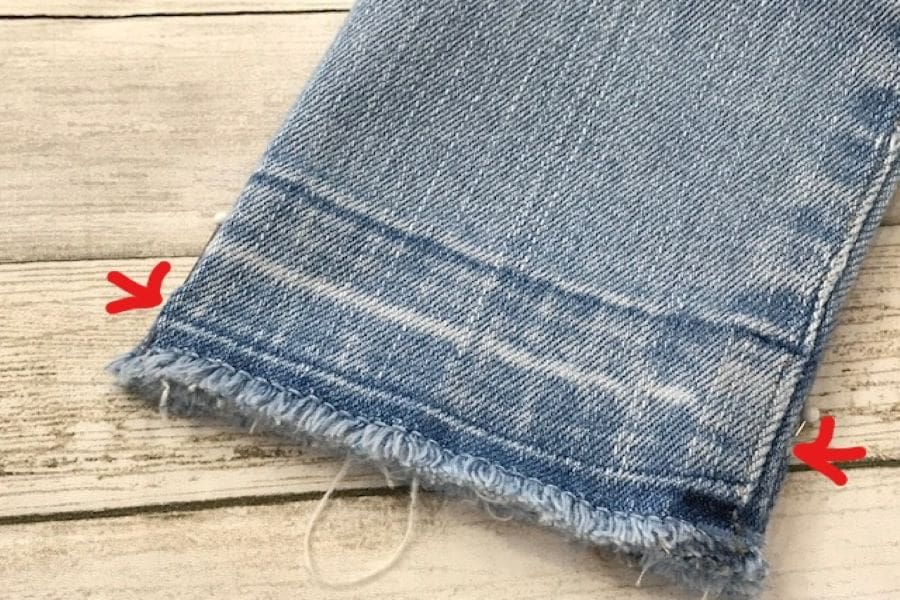
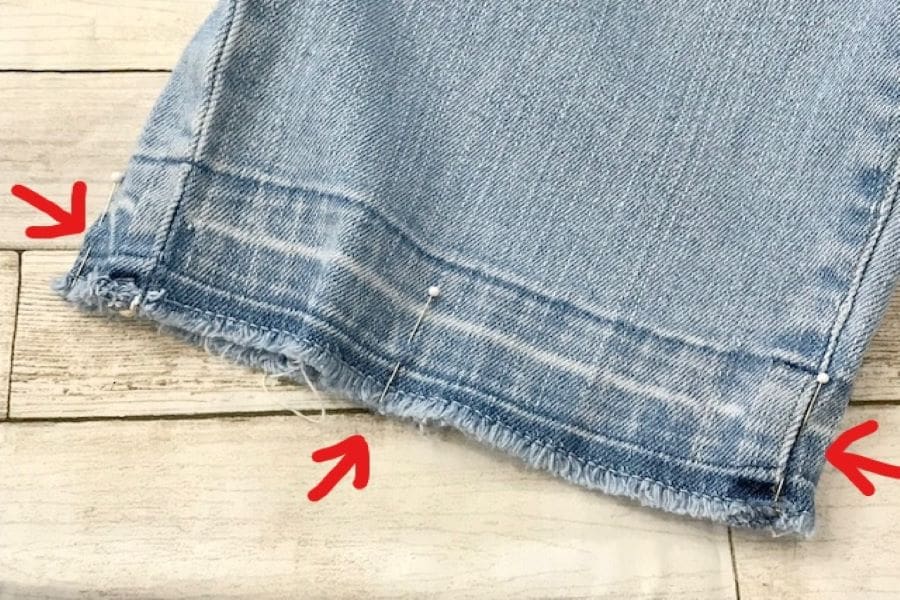
Step 7: Attaching the cuffs
If you have never set cuffs before, it may be easier for you to complete this next step if you turn your pants inside out. (My pants are NOT wrong side out.) Be careful to NOT lose any pins! Pull cuff over pant leg. The RIGHT side of cuff will face the WRONG side of the pants. Line up the placement pins starting with the INSEAM pins. You will be using a ¼” seam allowance on the cuff so be sure to have the edge of your cuff sitting ¼” above the hem line.
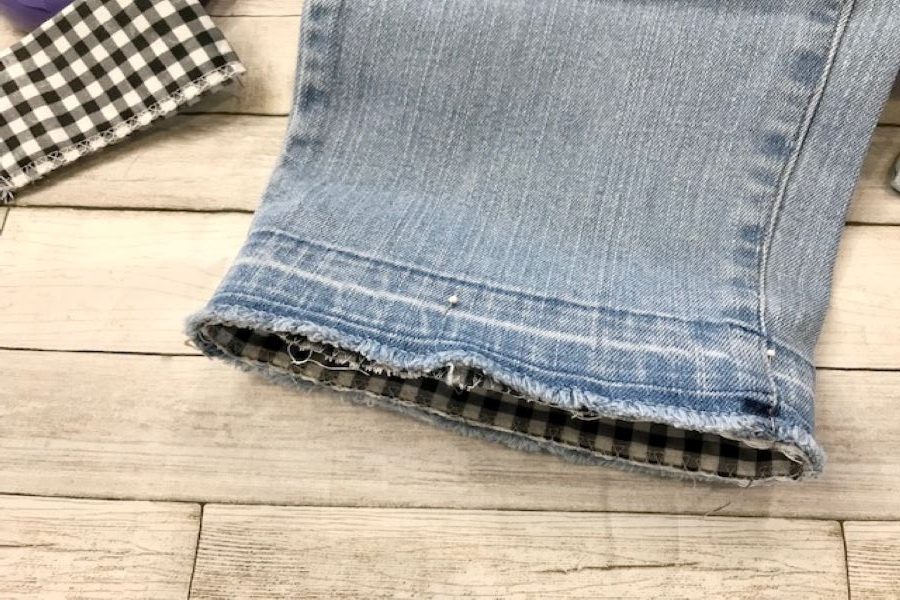
Pin cuffs to pants at the 4 points you marked. Use additional pins to keep fabrics in place between the placement pins. When you complete the pinning process, take pants to sewing machine.
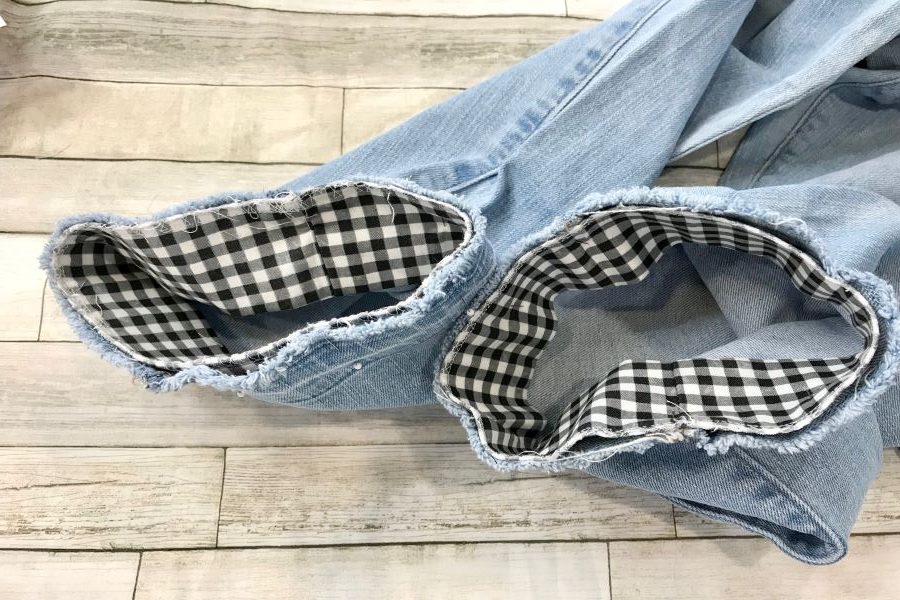
Step 8: Sewing hem line
Set sewing machine to a straight stitch and sew a ¼” seam allowance. If your seam allowance is slightly wider, that’s ok. Just try to keep it as close to the ¼” mark as much as possible. Backstitch at the beginning and end to secure the seam.
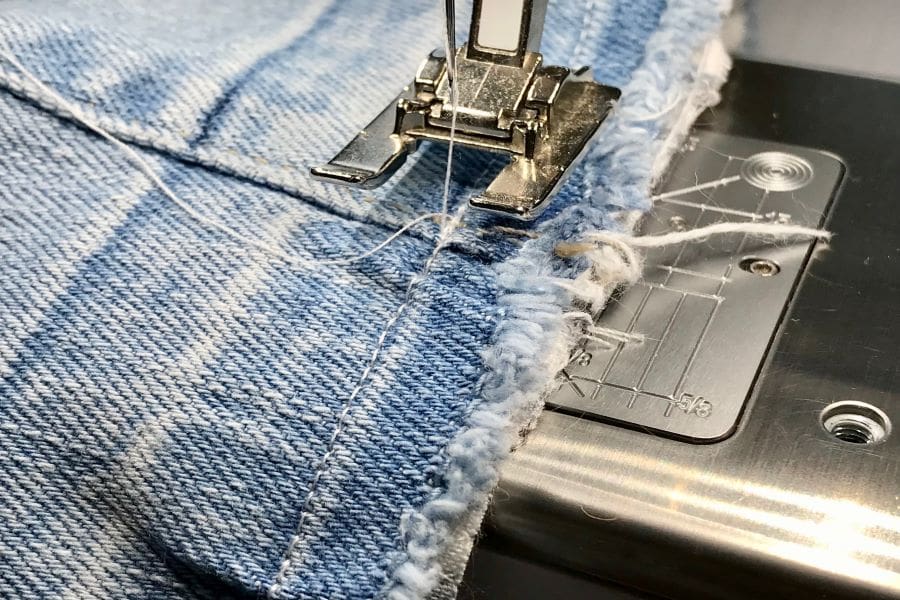
Step 9: Push cuff up over pant edge. Press the seam.
Note: In the photo below, I turned my pants inside out to press the seam toward the cuff. After I pressed the cuffs this way, I turned the pants right side out.
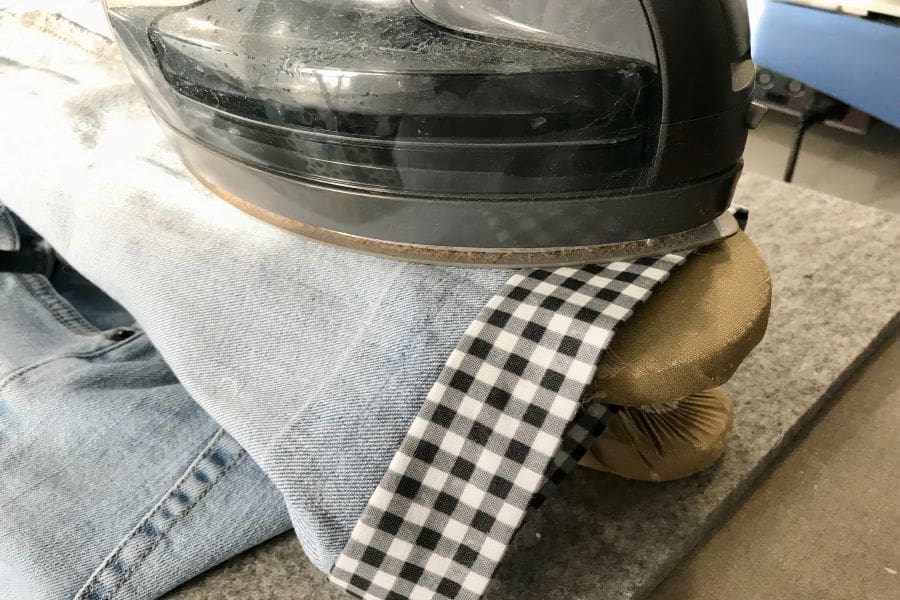
Step 10: Turn cuff to RIGHT side of pants and press hem from right side.
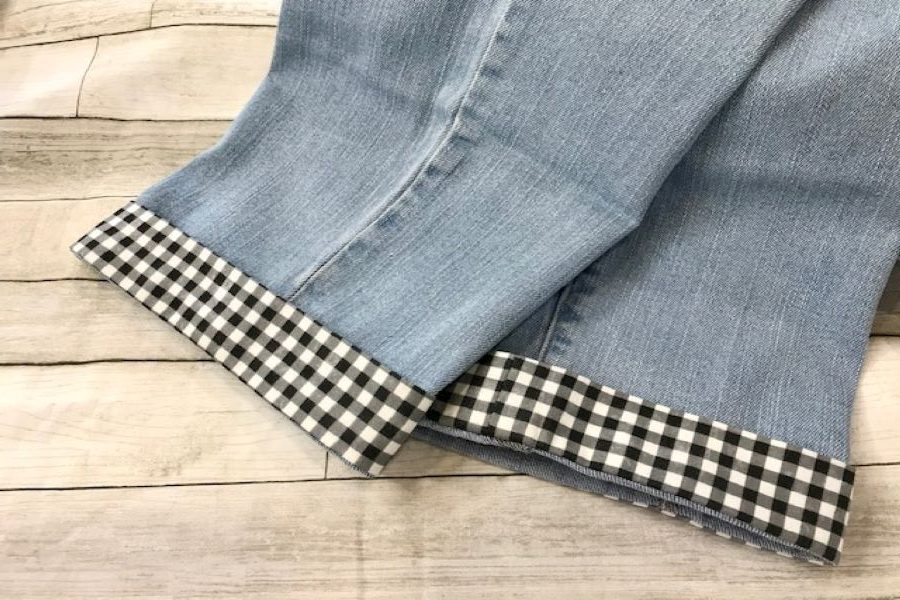
Wasn’t that easy? Now you can wear your cuffed pants proudly and enjoy all the compliments you will receive!
If this simple sewing hack tutorial has helped you, please consider sharing it with others on social media. Also, be sure to sign up for The Creative Sewist email list so we can send you helpful sewing advice.
If you have a question or tutorial suggestion, please leave it in the comments below. We would love to hear from you!
CHRISTINE WARREN
Sewing isn’t just my job, it’s my passion. I’ve enjoyed sewing and needle working since I was very young.

